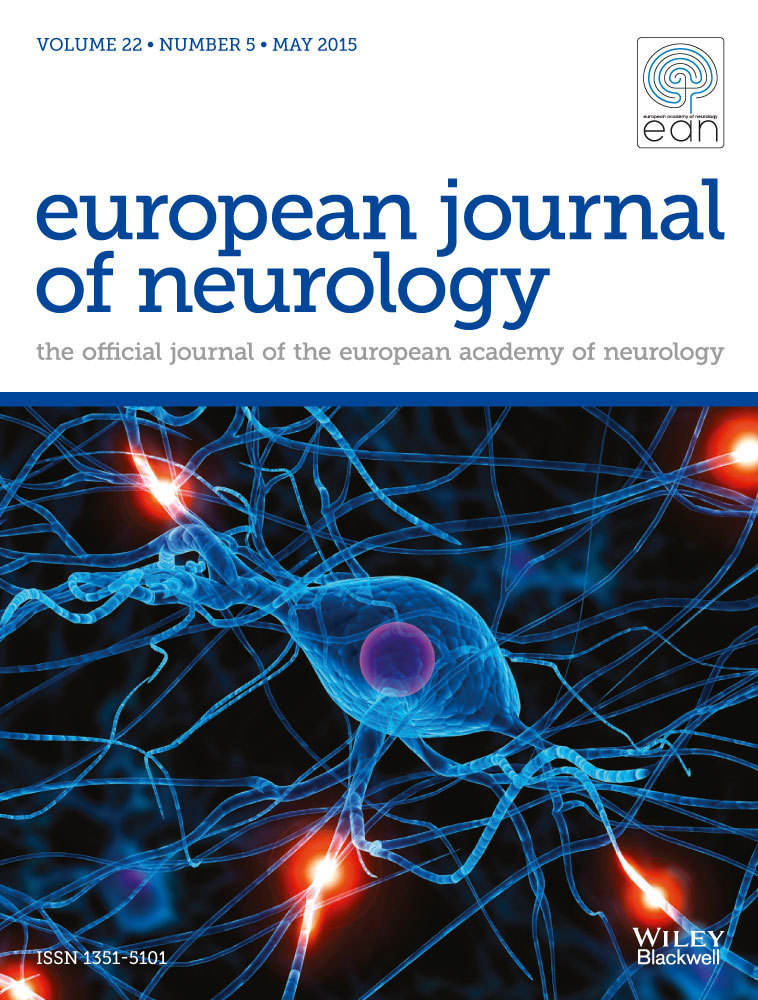Brain atrophy over time in genetic and sporadic frontotemporal dementia: a study of 198 serial magnetic resonance images
Abstract
Background and purpose
The aim of our study was to determine the utility of longitudinal magnetic resonance imaging (MRI) measurements as potential biomarkers in the main genetic variants of frontotemporal dementia (FTD), including microtubule-associated protein tau (MAPT) and progranulin (GRN) mutations and C9ORF72 repeat expansions, as well as sporadic FTD.
Methods
In this longitudinal study, 58 subjects were identified who had at least two MRI and MAPT mutations (n = 21), GRN mutations (n = 11), C9ORF72 repeat expansions (n = 11) or sporadic FTD (n = 15). A total of 198 serial MRI measurements were analyzed. Rates of whole brain atrophy were calculated using the boundary shift integral. Regional rates of atrophy were calculated using tensor-based morphometry. Sample size estimates were calculated.
Results
Progressive brain atrophy was observed in all groups, with fastest rates of whole brain atrophy in GRN, followed by sporadic FTD, C9ORF72 and MAPT. All variants showed greatest rates in the frontal and temporal lobes, with parietal lobes also strikingly affected in GRN. Regional rates of atrophy across all lobes were greater in GRN compared to the other groups. C9ORF72 showed greater rates of atrophy in the left cerebellum and right occipital lobe than MAPT, and sporadic FTD showed greater rates in the anterior cingulate than C9ORF72 and MAPT. Sample size estimates were lowest using temporal lobe rates in GRN, ventricular rates in MAPT and C9ORF72, and whole brain rates in sporadic FTD.
Conclusion
These data support the utility of using rates of atrophy as outcome measures in future drug trials in FTD and show that different imaging biomarkers may offer advantages in the different variants of FTD.




